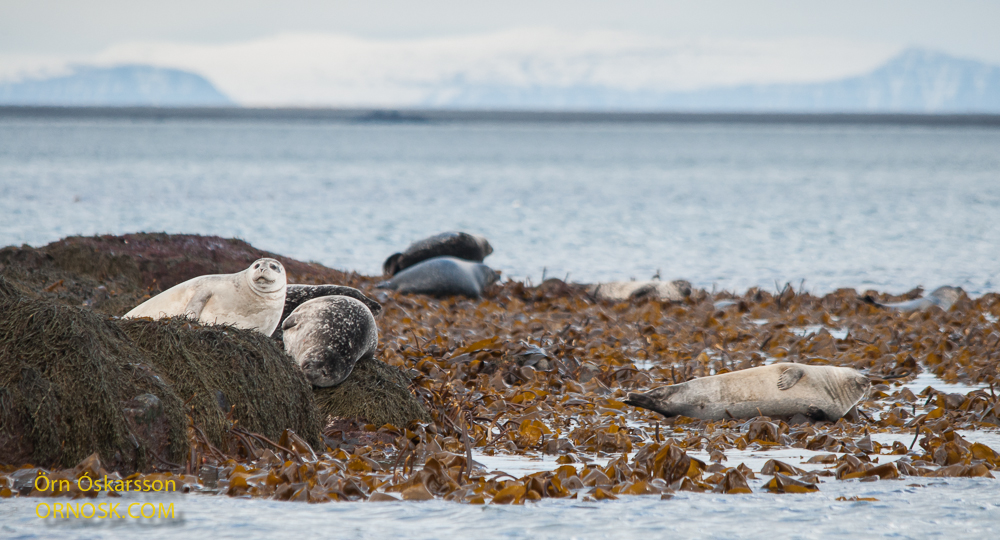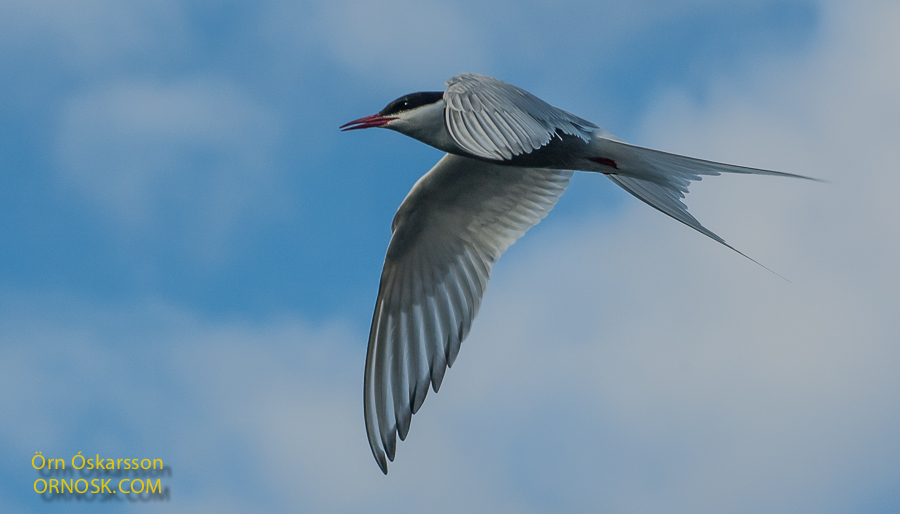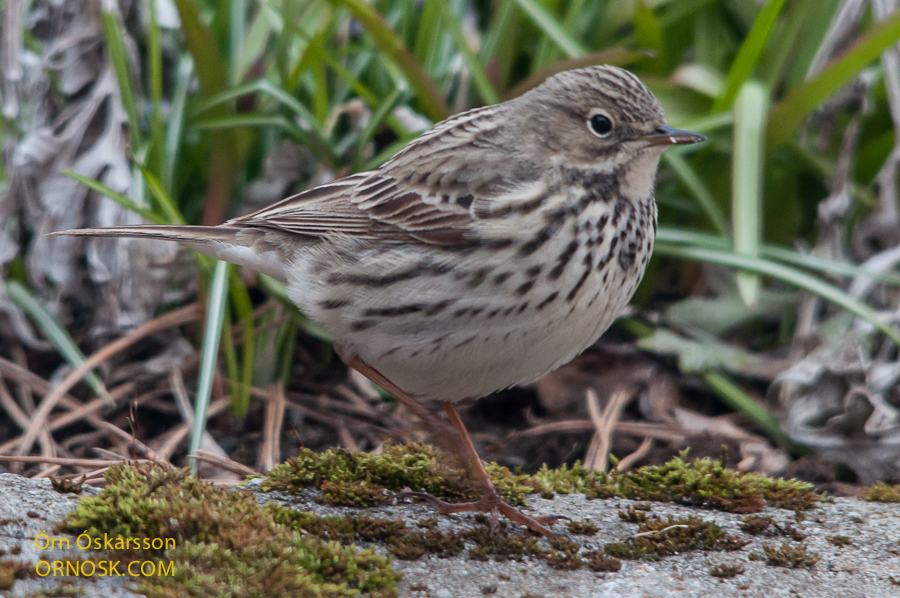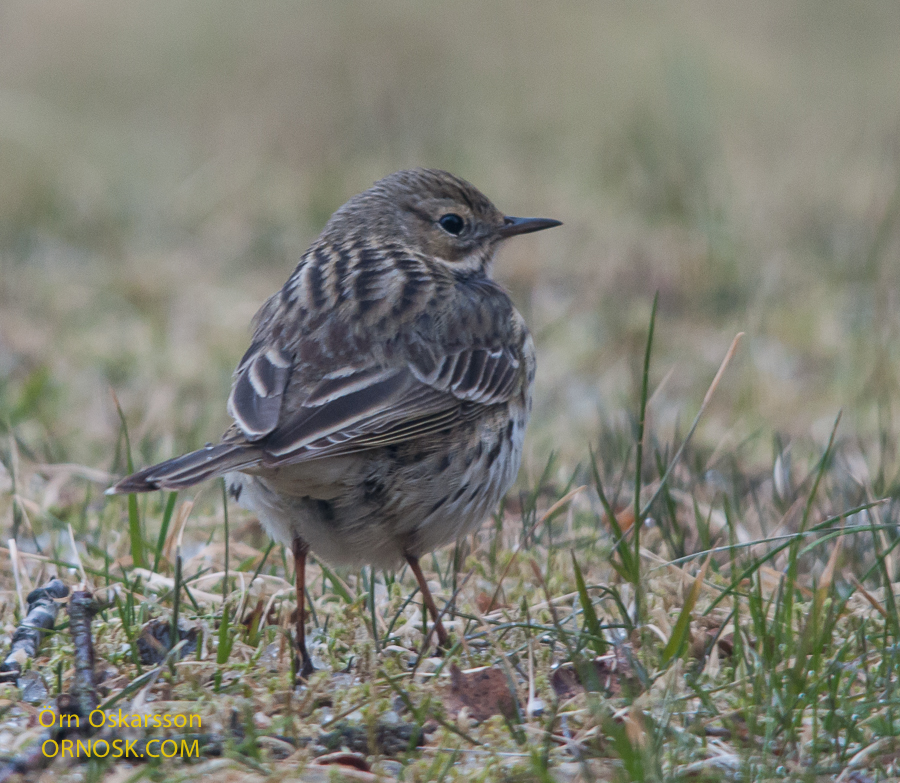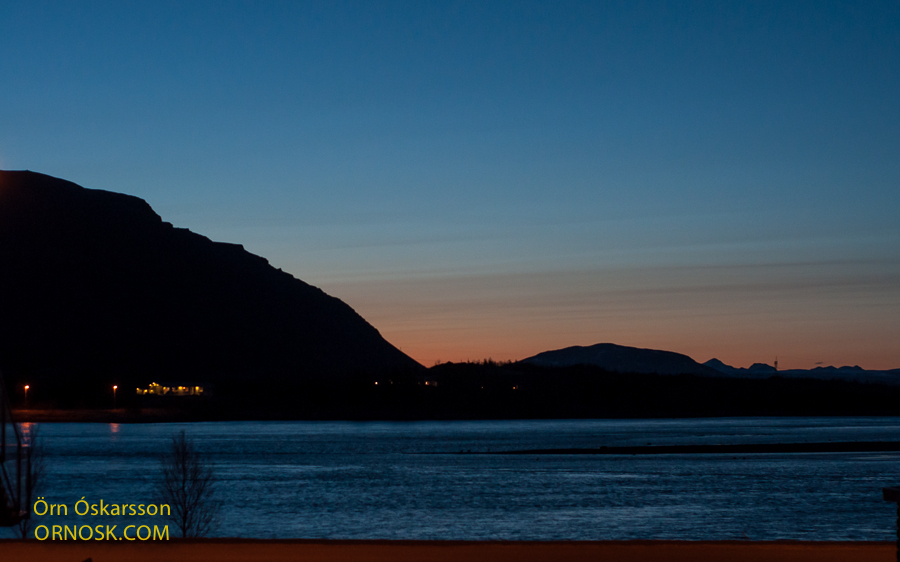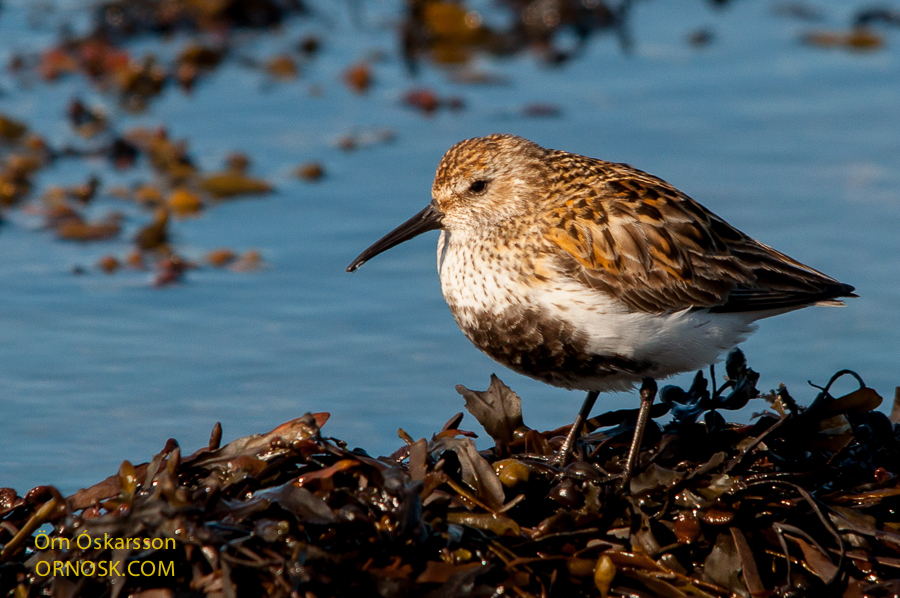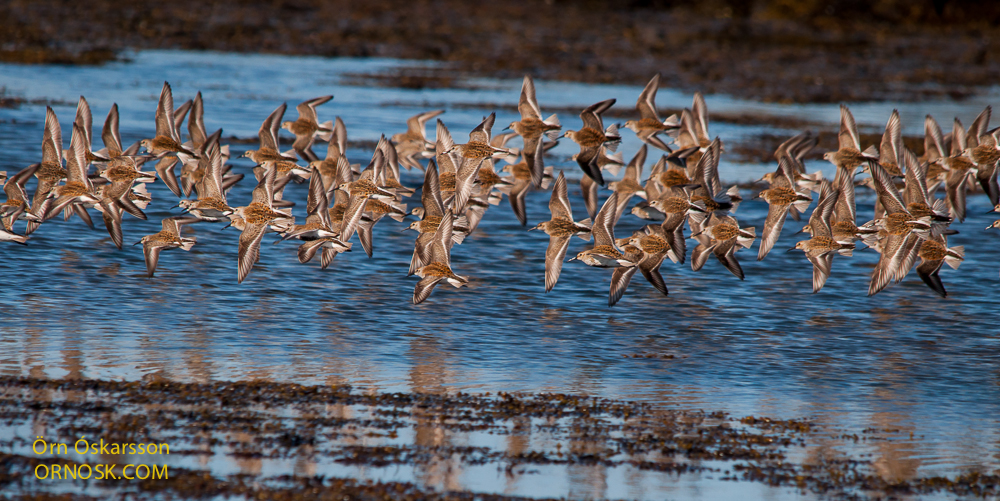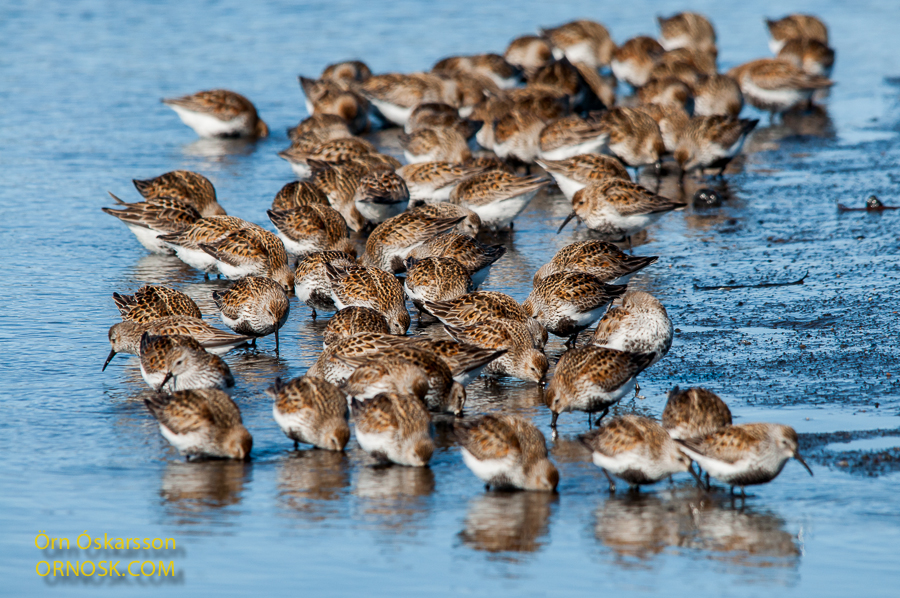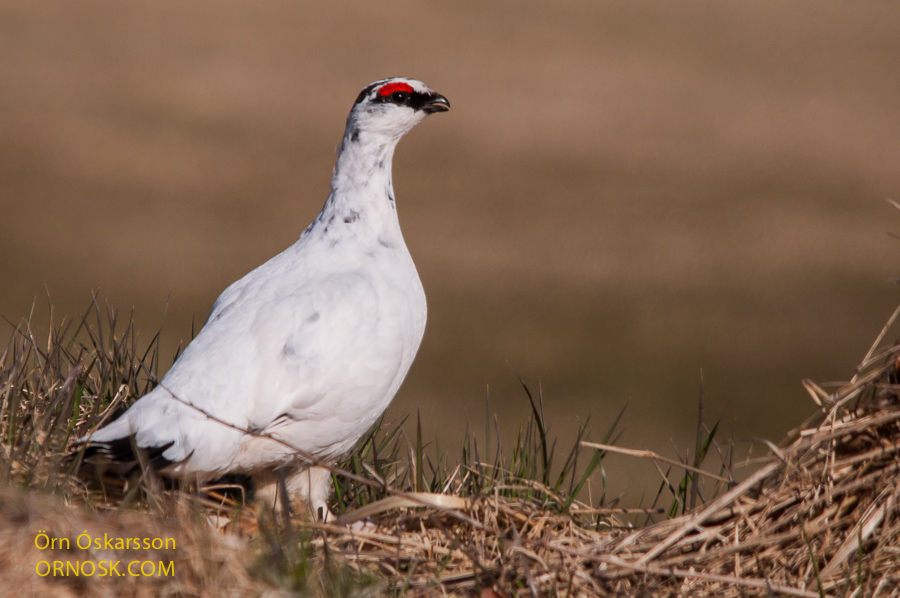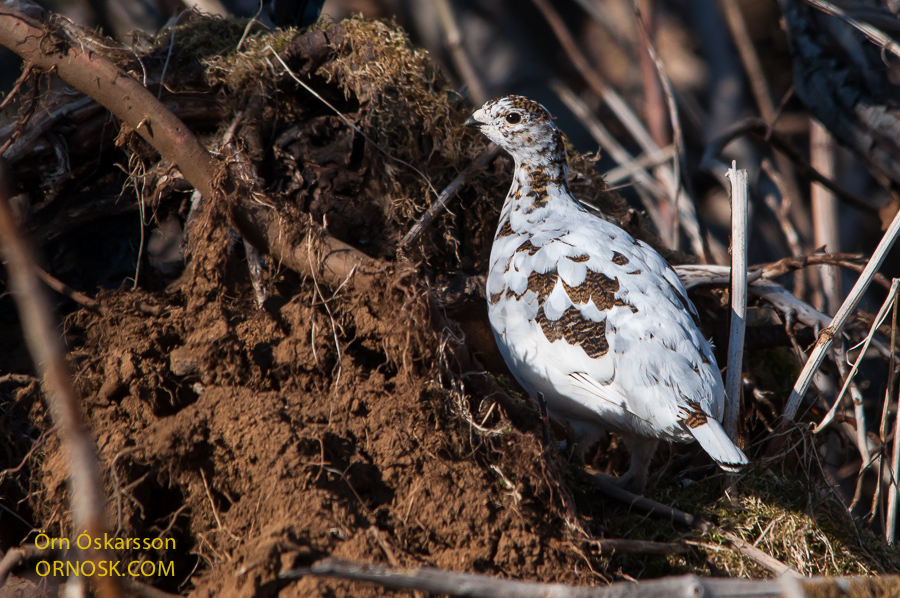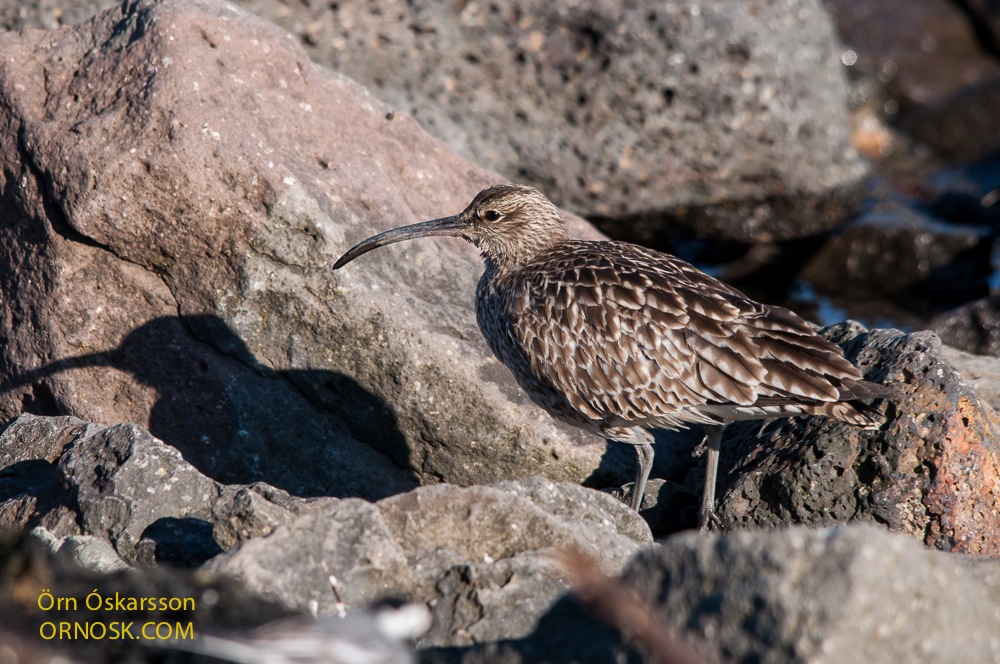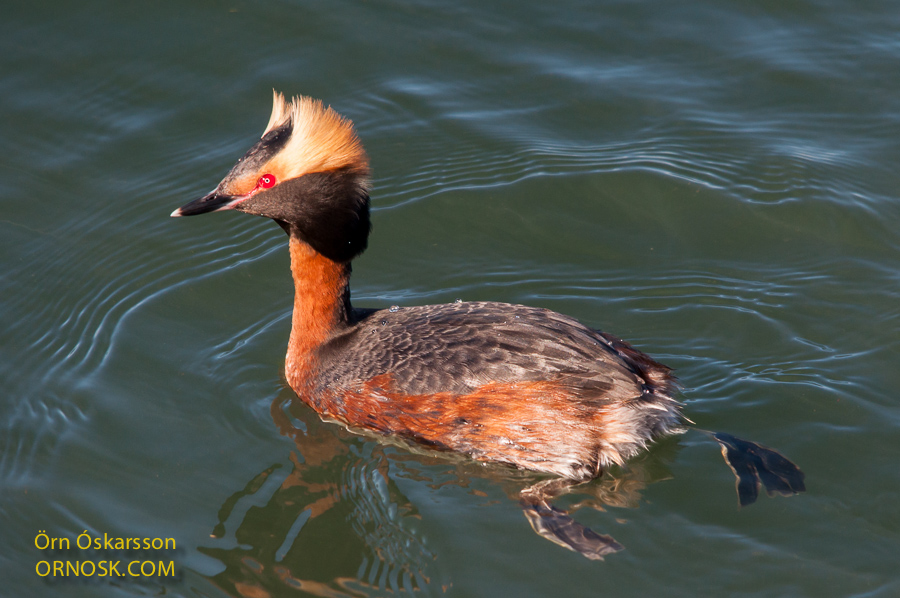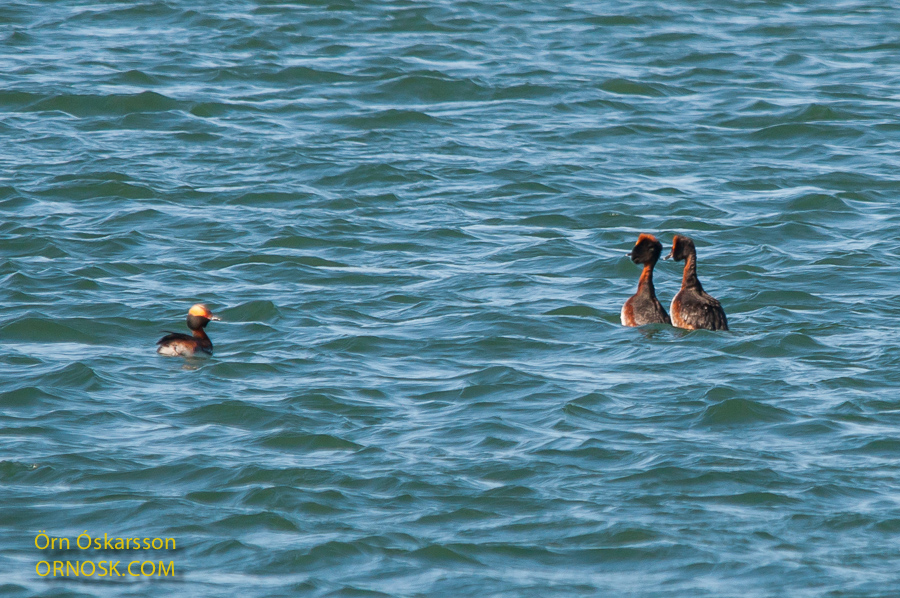Snæfellsnes is the place to go if you ever visit Iceland. There are usually a lot of seals there if seeing seals is on your agenda. This is the Harbour Seal (Phoca vitulina) but you can also expect to see the Gray Seal (Halichoerus grypus). The photos are taken near Kolgrafarfjörður on the northern side of the Snæfellsnes peninsula.

In the last few years Kolgrafarfjörður has been in the news quite often. In 2012 and 2013 the fjord was so overfull of herring that there was lack of oxygen so the herring died. Herring is food for various animals such as seals, killer whales and birds. So everything was teeming with life.

